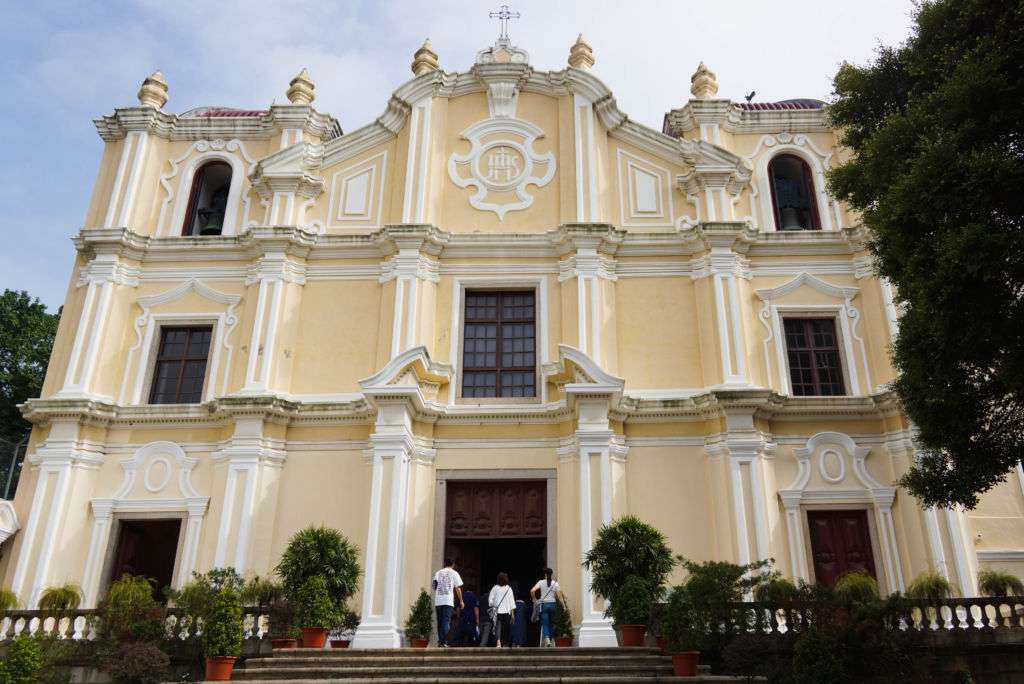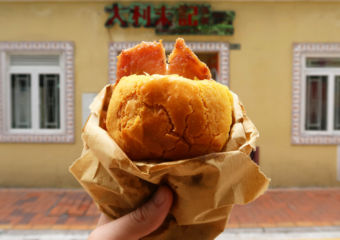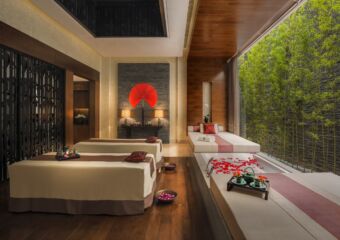The St. Joseph’s Seminary is one of the UNESCO World Heritage Sites in town. As you walk pass the gate, you might begin to wonder the meaning behind the letters “JHS”. You might have seen this in many places around Macau. It is a Latin abbreviation for “Jesus Hominum Salvator”, which means “Jesus, Saviour of men”. The Baroque style St. Joseph’s Seminary has the earliest built dome in Far East, and its swirling columns inside are also one of the architectural signatures that are special to its own. St. Joseph’s Seminary, founded in 1728, has been intrinsic to not only Macau’s Catholic Church, but also has great influences on social development, education, and art in both Macau and China.
Having been in operation in Macau for over 30 years, the seminar has cultivated numerous members of the Catholic clergy, missionaries and local students, who could speak multiple languages and had tremendous contributions towards missionary causes and cultural exchange in Macau, mainland China, and Asia.
A Sacred Art Place
The entrance to the Treasure of Sacred Art of St. Joseph’s Seminary is to the right of the Seminary, underneath a gorgeous tree (if you are lucky enough, you might even spot some star fruit on it!). The Treasure is divided into eight sections across two floors. Inside, there is an exhibition that showcases some valuable collections of religious artefacts, like paintings, icons, books, and vessels. There are passages, photographs, and even videos to guide you through the history of the St Joseph’s Seminary.
Inside the church, there are various pictures, some dating back to 1914, depicting students of St. Joseph’s Seminary in uniform. There are also sections of the oil painting “Our Lady, Patron Saint of Macao” from the 19th century–the only oil painting featuring the Virgin Mary in Macau with a background that shows how Guia Hill looked at the time.
Documentation
In terms of books and documents, the treasure also houses some of the important original books published in the 19th Century. There is a “Chinese-Portuguese Dictionary” published in 1833, written by missionary Pe. Joaquim Afonso Gonçalves (1781-1841), a prestigious Portuguese scholar in Chinese Studies at Macau. He taught Chinese to foreigners, but also brought Latin to the Chinese. Moreover, he also edited several dictionaries and textbooks. If you are interested in the cultural exchange between China and the West, this is definitely a place not to be missed!
Opening hours: Daily, 10:am–5:00pm, (closed on Wednesdays), free admission
St. Joseph’s Seminary Igreja de S. José, Rua do Seminário, Macau, +853 2835 7911, www.icm.gov.mo




































